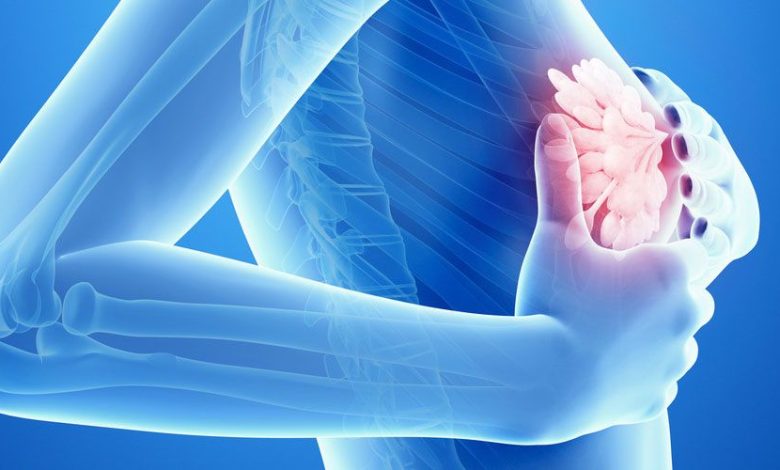Modern methods of diagnosing breast cancer: How is a mammogram done now?

In recent years, great advances have been made in the diagnosis of breast cancer., and there are more survey instruments on the horizon. Daniel Herron, Doctor of Medical Sciences, talked about some of the latest achievements, as well as misconceptions about mammography, which are still often believed.
Misconceptions about mammography
The biggest misconceptions about mammography are, what this screening method can cause mammary cancer. But there is no evidence that, that the compression of the breast by a mammograph during the examination leads to the spread of cancer. Besides, mammography radiation is minimal.
We don't have any evidence that, that mammography causes breast cancer, doctors say. If you're walking down the street, you get every three months - only from the environment - radiation, equivalent to one mammogram.
Another common problem is, that mammography is very painful. According to Dr. Herron, Mammograms can be uncomfortable for some women, cause discomfort, but for most it is painless.
How often should a mammogram be done?
Many women are concerned about, that mammograms should be done quite often. Instead of, to get a mammogram every year, beginning with 40 years, some women insist, to have a mammogram every two years, beginning with 50 years. But the vital benefits of mammography cannot be denied..
According to Dr. Herron, if a woman gets a mammogram every year, on average, she will have to visit an oncologist once every 13 years. And women, who regularly undergo mammograms, 1 in 3 will need a biopsy at some point in their lives, even if she ends up showing, that she doesn't have cancer.
Besides, mammograms also halve the chance of dying from breast cancer.
many women, if you knew about it, would say, what is it worth, Dr Herron said. My argument is, that women should make their own decisions.
Innovations in mammography
Since, how mammography became commonplace in the 1980s, She has undergone significant changes.: from film screens to 2D, and now 3D visualizations. While 2D scanning allows two images of each breast, 3D-scan allows you to get up to 30 images of each breast and allows you to detect approximately 30% more cancers. This improvement is especially beneficial for women with denser breast tissue., since in this case, cancer is more difficult to detect. But now 3D breast scanners are not available everywhere..
Researchers are also exploring contrast-enhanced mammography, which involves the administration of contrast through a drip, so that the foci of possible cancerous tumors appear more clearly. Nonetheless, a very small number of people may have a life-threatening reaction to the contrast, so the widespread use of this method is still ahead.
Alternative Methods for Screening Breast Cancer
Breast ultrasound is commonly used, if the woman is having a mammogram and needs follow-up, or needle biopsy. But now they are increasingly being used as a screening method to detect cancer., that cannot be detected on mammography. This is especially true for women with dense fabric., with medium to small breasts.
Another promising option is Breast MRI. It detects more cases of breast cancer, than other methods, but it can be quite expensive, include intravenous contrast and take 30-40 minutes. Right now they are mainly for high-risk women or those, who has been diagnosed with cancer, and who need to make sure, that it has not spread in the chest. Researchers are working on new MRI techniques, which take from 10 to 15 minutes and do not require contrast.
Molecular imaging of the breast
Molecular imaging of the breast, recent breast cancer screening option, uses labeled atoms, that are attracted to breast cancer cells. Once injected into the arm, the chemical enters the cancer cells, and the chest is compressed and examined. The survey works equally well regardless of whether, dense tissue in a woman or adipose. They are associated with a fairly high dose of radiation., and the examination may take 40 minutes.
These tests are cheaper, than MRI, but more expensive, than mammography. Researchers are looking for ways to reduce the associated risk of radiation exposure and, probably, will recommend it only to women at high risk.
I think, what is on the horizon, but there are some problems, related, that need to be corrected, Dr Herron said.
Many new options for diagnosing breast cancer are being developed. Meanwhile, Dr. Herron recommends a healthy lifestyle., to reduce the risk, including regular exercise, maintain a normal body weight and eat more fruits and vegetables. And always consult your primary physician, if you have any problems.
